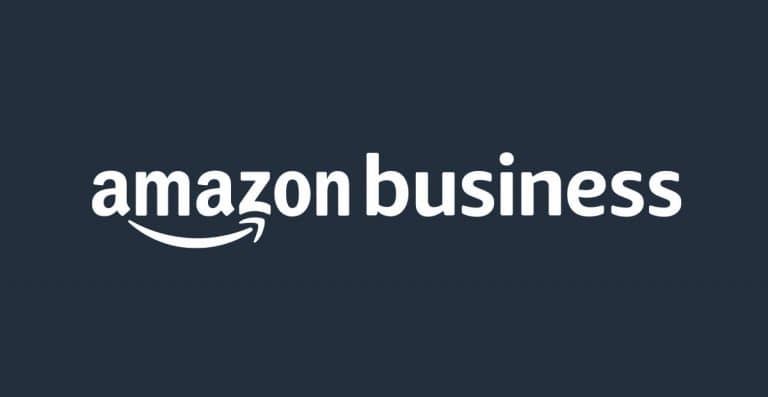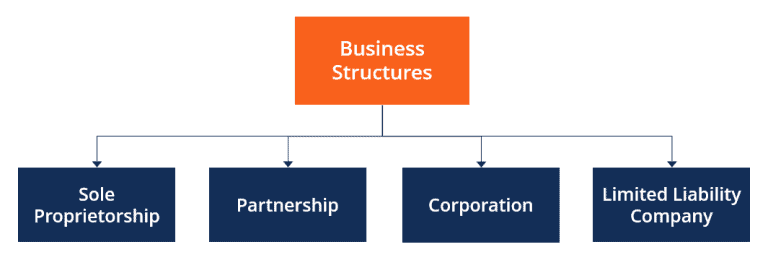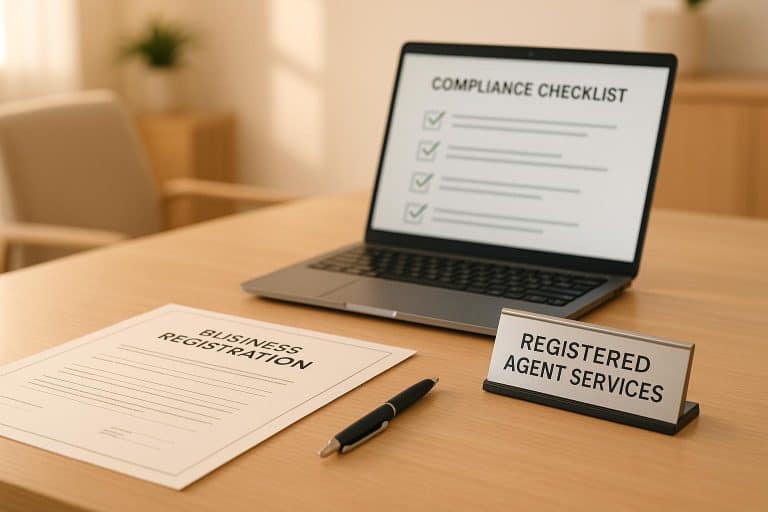Do you want to increase your email open rates but have no idea where to start? Part of a successful email marketing campaign requires optimizing the open rate so that as many people as possible see the message. There are many factors that determine the open rate, and getting it right is a process of trial and error.
In 2022, the average email open rate was 21.5%, but this number varies greatly based on the industry. Improving the percentage by just a couple of points can have a dramatic impact on sales and customer retention. Does this sound like what your business needs? Then continue reading for insight into the top tips to increase your email open rates.
Remove Inactive Subscribers
One of the easiest and fastest methods of increasing your open rate is to remove inactive subscribers. There are probably many subscribers that are not interested any more or don’t even check their email. Getting rid of these subscribers means a larger percentage of the remaining subscribers are active.
Also, your email sending costs will go down, since autoresponder services typically charge based on the number of emails sent. Therefore, it’s in your best interests to reduce the number of emails you send to users without a chance of being responsive.
Most autoresponder services and customer relationship management solutions allow you to find unresponsive subscribers through filters. For example, you can filter users that have not opened an email for the last 10 sent.

List Segmentation
List segmentation is one of the more powerful tools at your disposal to increase the targeting of offers to customers. For example, you can segment lists based on demographics like age, gender, education, location, and much more.
This allows you to send marketing messages with a higher chance of resonating with the prospect. It means that you can write subject lines that target each demographic and speaks to the user.
Not sure how to do list segmentation? Most CRM software nowadays has powerful list segmentation features allowing you to quickly create as many lists as you need.
Avoid Spam Filters
One of the worst ways to drag your open rate down is to send emails straight to the spam filters. This in some cases, is unavoidable, but you should reduce the chances that this happens. Here are some tips for ensuring that your emails avoid spam filters:
- Good IP address: it’s important to ensure that your emails are sent from IP addresses that haven’t been used before. The clean record means they have not been used previously by spammers, since it will harm your chances of avoiding spam filters.
- Avoid spam triggers: there are many words that trigger spam filters such as buy, cash, discount, and clearance. You should avoid these words in your first few emails. Once subscribers approve your email, these words will have no impact in terms of landing in the spam folder.
- Include location: your email should include the physical location of your business or at least an address where physical mail can be sent. This is a requirement to avoid landing in the spam folder.
- Inform subscribers: tell your subscribers when to expect your emails so they can check before it gets buried.
- Verified domains and clean code: it’s important to ensure that the email code is clean and has no red flags. Also, sending from verified domains is a huge plus.
Perfect Your Timing
The best time of the day and week to send your subscribers an email is when they are the most likely to open them. To begin, you can use common sense for when this time slot is – for example, during the evening of weekdays.
Consequently, you need to conduct A/B split testing campaigns to determine what times of the day receive the highest open rates. This requires a lot of testing and time investment to ensure you choose the best time.
Make the Subject Line Stand Out
Subject line copywriting is an art, and you may need to hire an expert if you cannot figure out the best ones. Here are some ideas to improve the effectiveness of your subject line:
- Accurate: it’s important to ensure that the subject line of your email matches what’s delivered once it’s opened. Otherwise, the subscriber will see a pattern of making promises and under-delivering. This leads to low open rates since the subscriber will have low expectations.
- Entice curiosity: spark some curiosity in the subscriber that genuinely makes them interested to open the email. However, make sure that you deliver on the curiosity, which ensures the subscriber will click next time.
- Jokes and a funny tone: depending on the nature of your email subscriber list, adding jokes and delivering a funny tone can be the right choice.
- Industry-related language: make sure that you throw in industry-related terms and ideas. After all, the audience wants to connect with things they are passionate about, and this is a step in the right direction.
Provide Excellent Deals and Promotions
Make sure to include coupons and product directions that offer amazing value. This ensures that users will be waiting for the next great offer, and the chance of increasing the open rate improves dramatically.
Not sure what kind of promotions to offer in your emails? Do competitor research to see what other companies provide in their promotions. After all, your offers need to compete with theirs, since your audience might be subscribed to both lists.
Final Thoughts
To summarize, you can increase your email open rates by offering promotions, improving your subject line, improving the timing, removing inactive subscribers, and avoiding spam filters. Covering these basics will get your open rates moving in the right direction.
There are many more factors that can improve the email open rates and should be part of a comprehensive strategy. The effort is worthwhile since you’ll receive more sales and enjoy longer customer retention.








